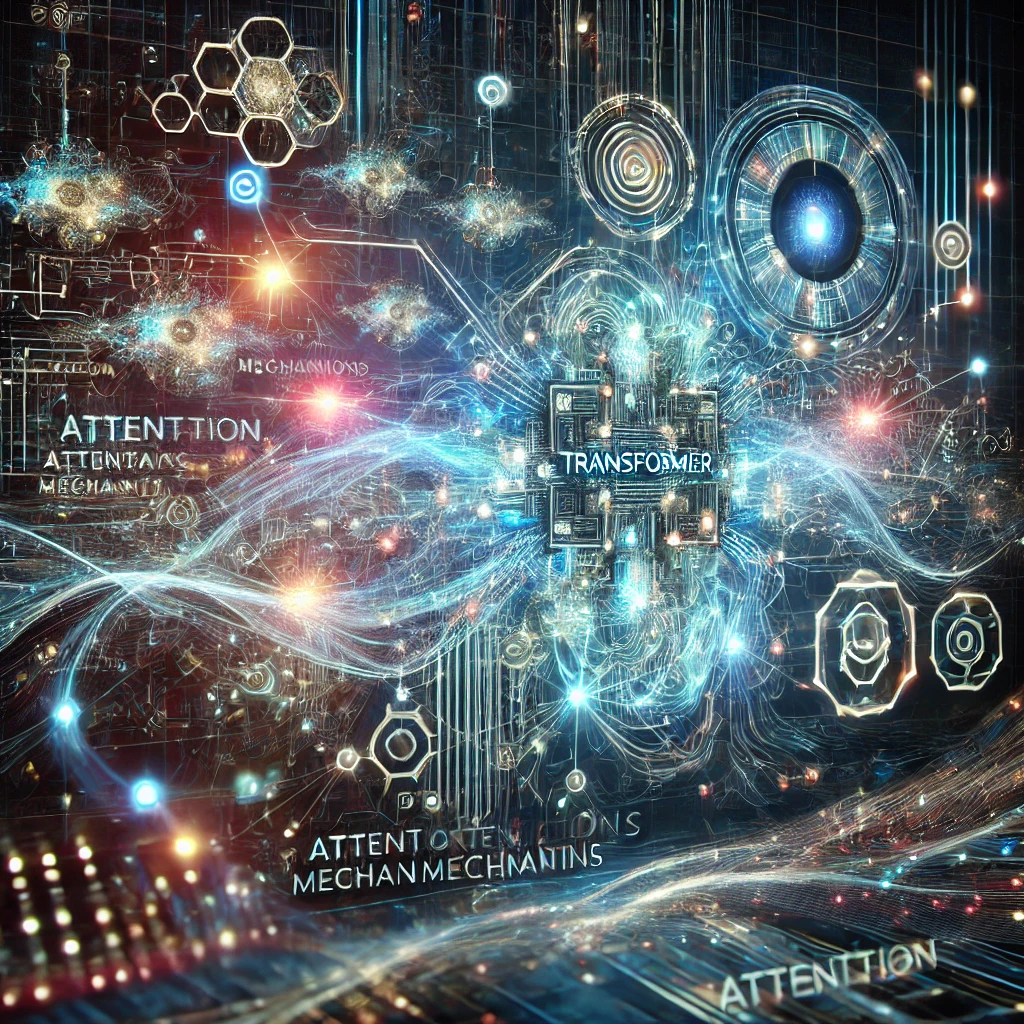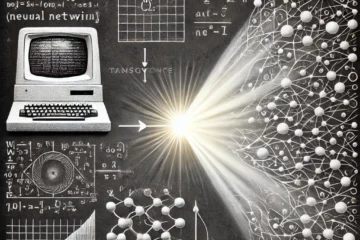
A representation of the inner workings of a Transformer AI model
In the context of AI, “Transformers” refers to a type of deep learning model architecture that has revolutionized natural language processing (NLP) and other machine learning tasks. The Transformer model was introduced in the 2017 paper titled Attention is All You Need by Vaswani et al., and it has since become the foundation for many advanced models in AI, such as GPT (Generative Pretrained Transformers), BERT (Bidirectional Encoder Representations from Transformers), and many others.
Here are the key components of Transformers:
Attention Mechanism
The most notable feature of the Transformer architecture is the “self-attention” mechanism. This allows the model to consider the relationships between all words in a sentence (or sequence of tokens) at once, rather than processing them sequentially like older models such as RNNs (Recurrent Neural Networks) or LSTMs (Long Short-Term Memory networks). It enables the model to “attend” to different parts of the input data and prioritize relevant information based on context, making it highly efficient and effective at understanding long-range dependencies in language.
Parallelization
Transformers allow for parallel processing, which speeds up training significantly. Traditional sequence models, like RNNs, process data sequentially, meaning each step depends on the previous one. In contrast, the Transformer can process all elements in the input sequence simultaneously, which improves training efficiency.
Encoder-Decoder Structure
Transformers typically have an encoder-decoder structure:
- Encoder: The encoder processes the input data (e.g., a sentence in a translation task) and generates a representation of that data.
- Decoder: The decoder generates the output, typically in another sequence (e.g., the translated sentence).
The encoder and decoder are each composed of multiple layers of attention and feed-forward networks. In tasks like text generation, only the decoder might be used.
Positional Encoding
Since Transformers process input sequences in parallel, they lack the inherent ability to understand the order of words or tokens. To address this, positional encodings are added to the input data to give the model information about the position of each token within the sequence. These encodings are added before the attention mechanism.
Transfer Learning and Pretraining
Transformers have paved the way for pretraining models on large datasets and fine-tuning them on specific tasks. Models like GPT and BERT are first pretrained on massive corpora of text data and then fine-tuned for tasks like question answering, sentiment analysis, or machine translation. This has led to significant improvements in performance on a wide range of NLP tasks.
Applications of Transformers
- Text Generation: Models like GPT use Transformers for generating coherent and contextually relevant text, from short responses to full-length articles.
- Translation: Transformers have been widely used in machine translation tasks, as demonstrated by BERT and its successors in language translation systems.
- Sentiment Analysis and Classification: Transformers excel at tasks where understanding context is important, such as classifying the sentiment of text.
- Image Processing: More recent adaptations of Transformers, such as Vision Transformers (ViTs), apply the Transformer architecture to image recognition tasks, replacing traditional convolutional neural networks (CNNs) with the attention mechanism.
Variants and Developments
- BERT (Bidirectional Encoder Representations from Transformers): This model focuses on the encoder part of the Transformer architecture and is designed for tasks that require an understanding of the context from both directions (left and right) in a sentence.
- GPT (Generative Pretrained Transformers): GPT is a model based on the decoder part of the Transformer architecture, and it is primarily used for generating text. It has been iteratively improved, with GPT-3 being one of the most well-known versions.
- T5 (Text-to-Text Transfer Transformer): T5 treats all NLP tasks as text-to-text tasks, meaning that both the input and output are treated as sequences of text, making it very versatile for various tasks.
In summary, Transformers are a revolutionary architecture in AI that has dramatically advanced natural language understanding, machine translation, and various other fields. They are considered the foundation of modern large-scale language models and continue to inspire new architectures and research in AI.





0 Comments